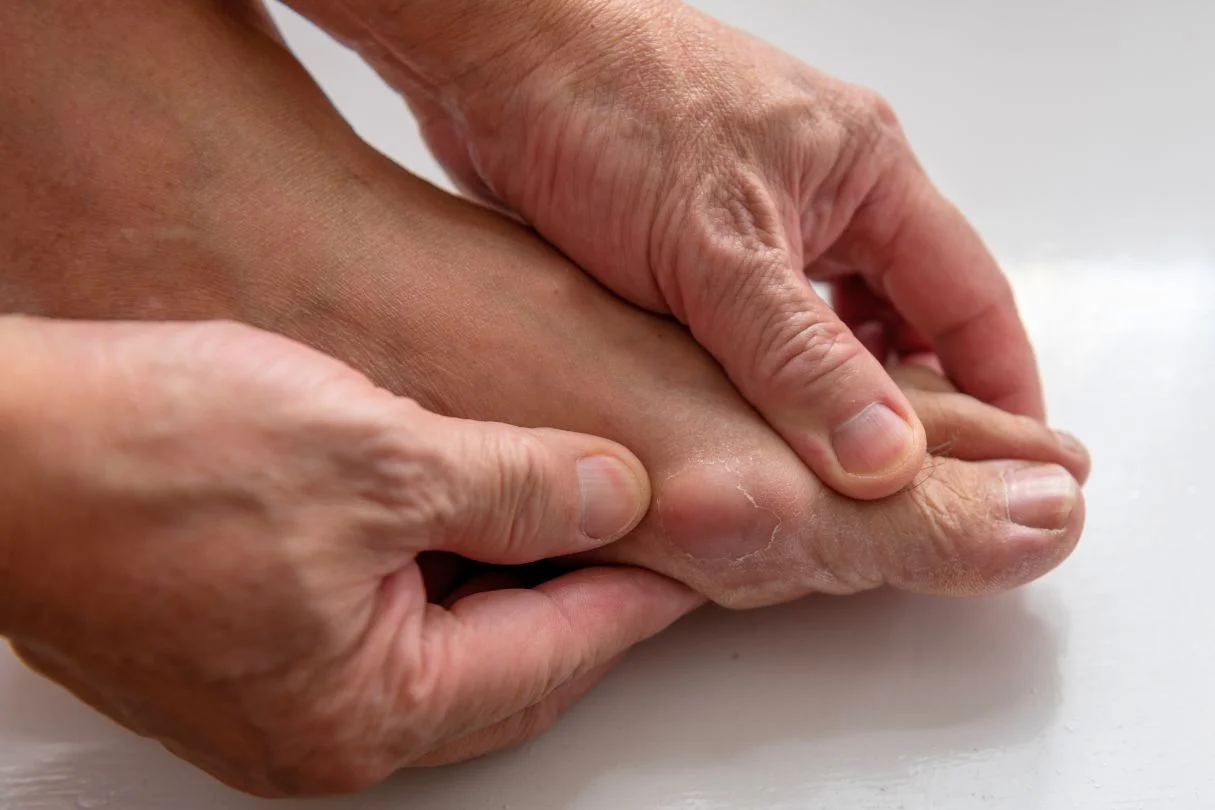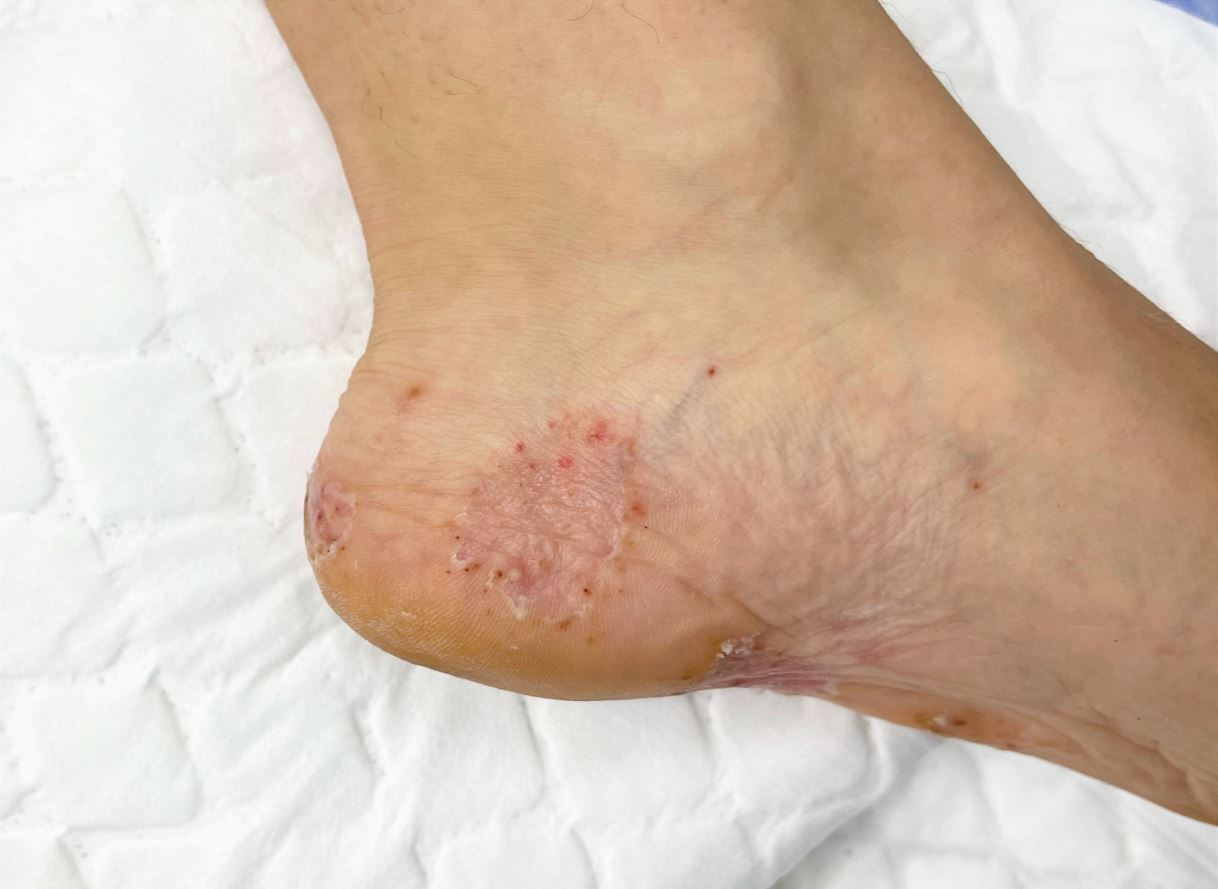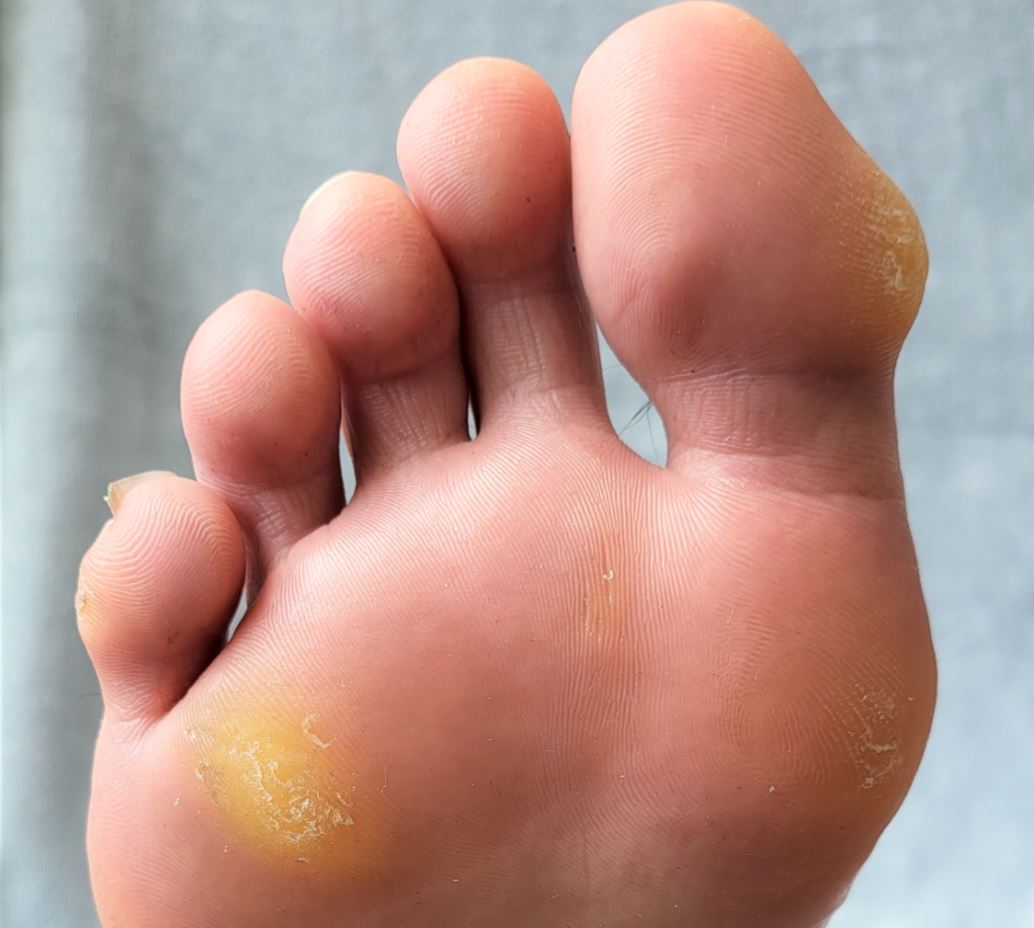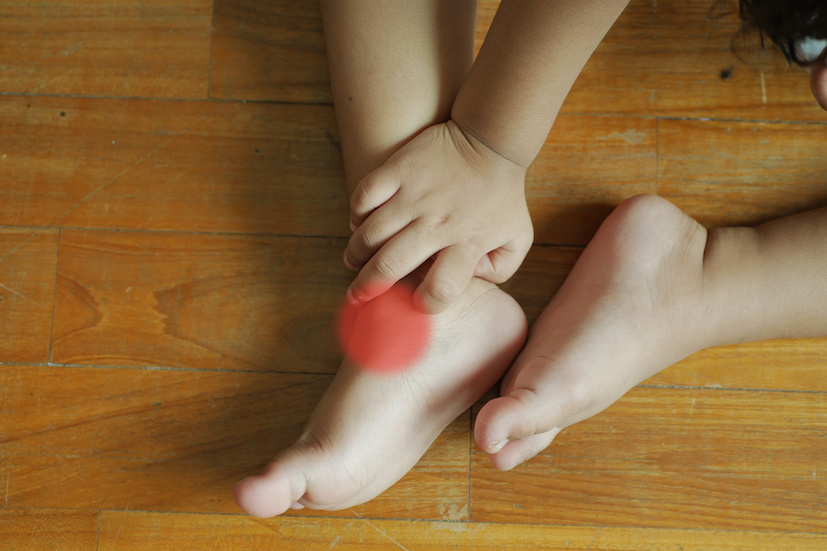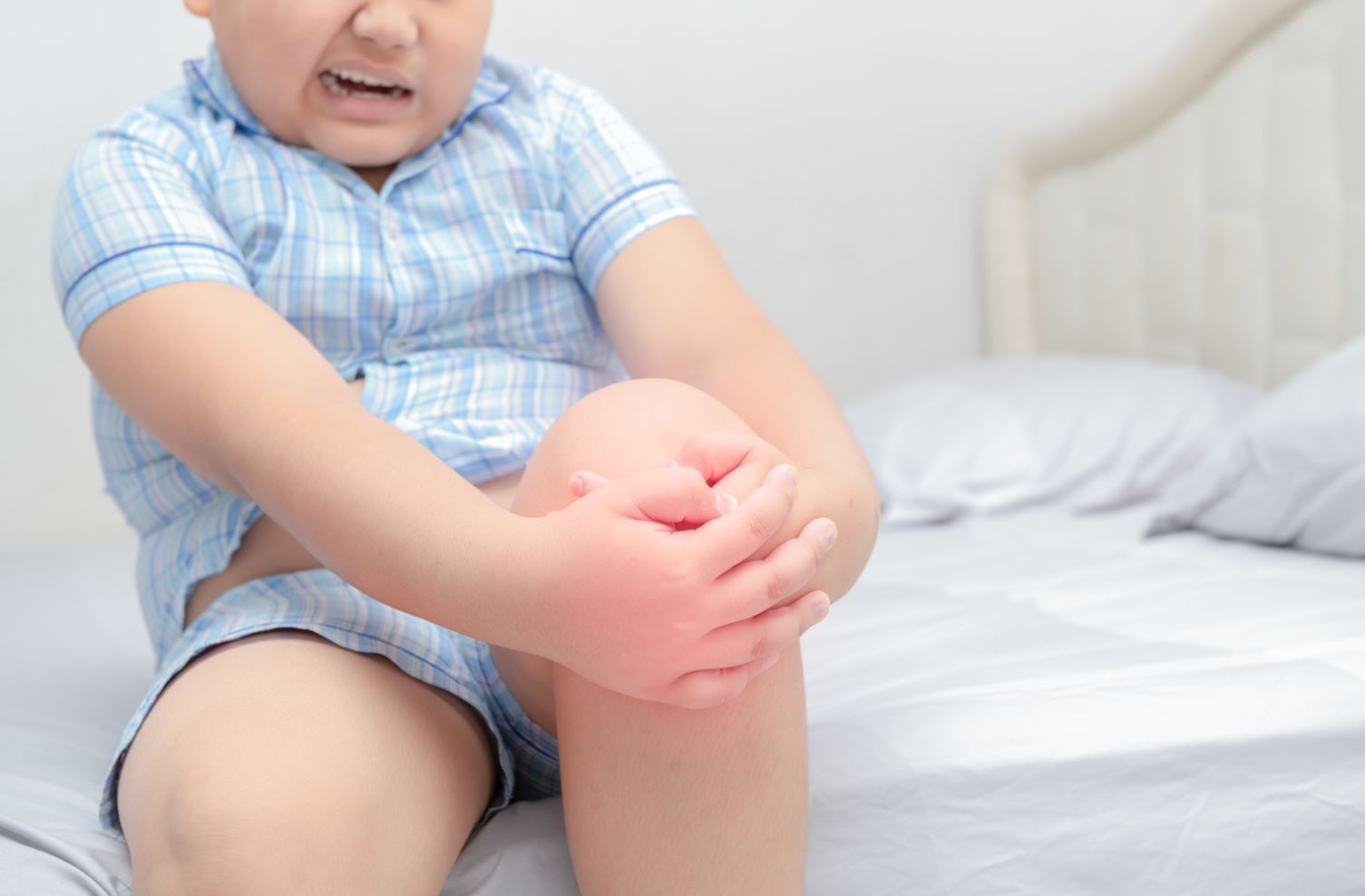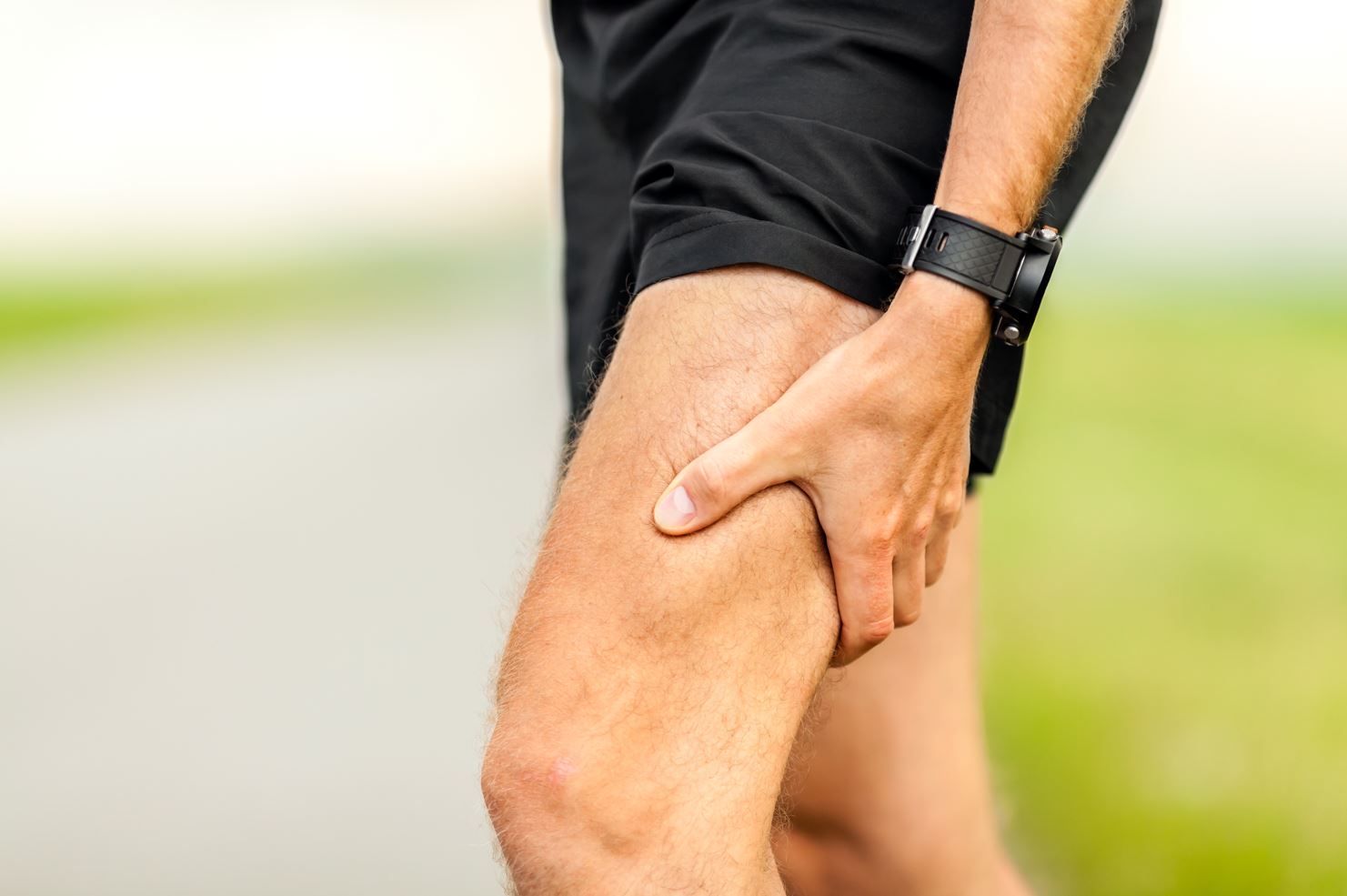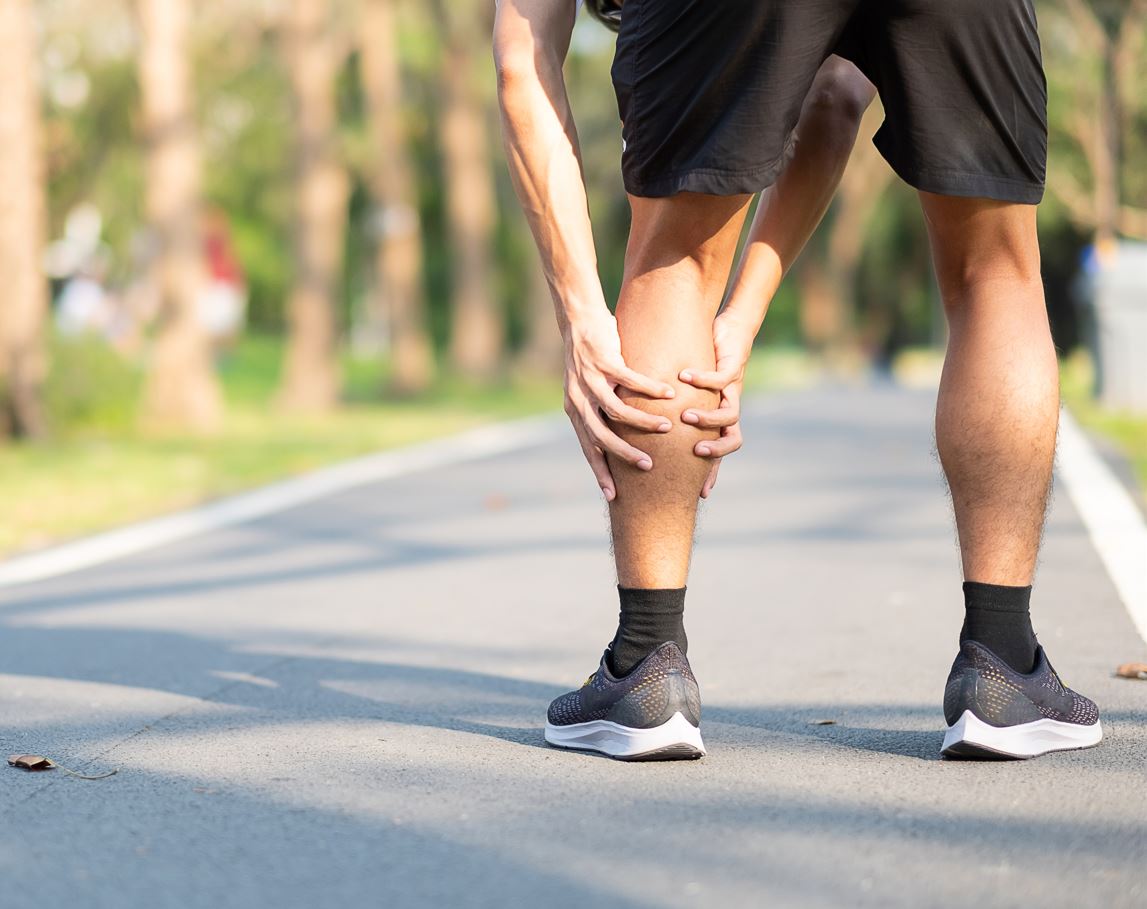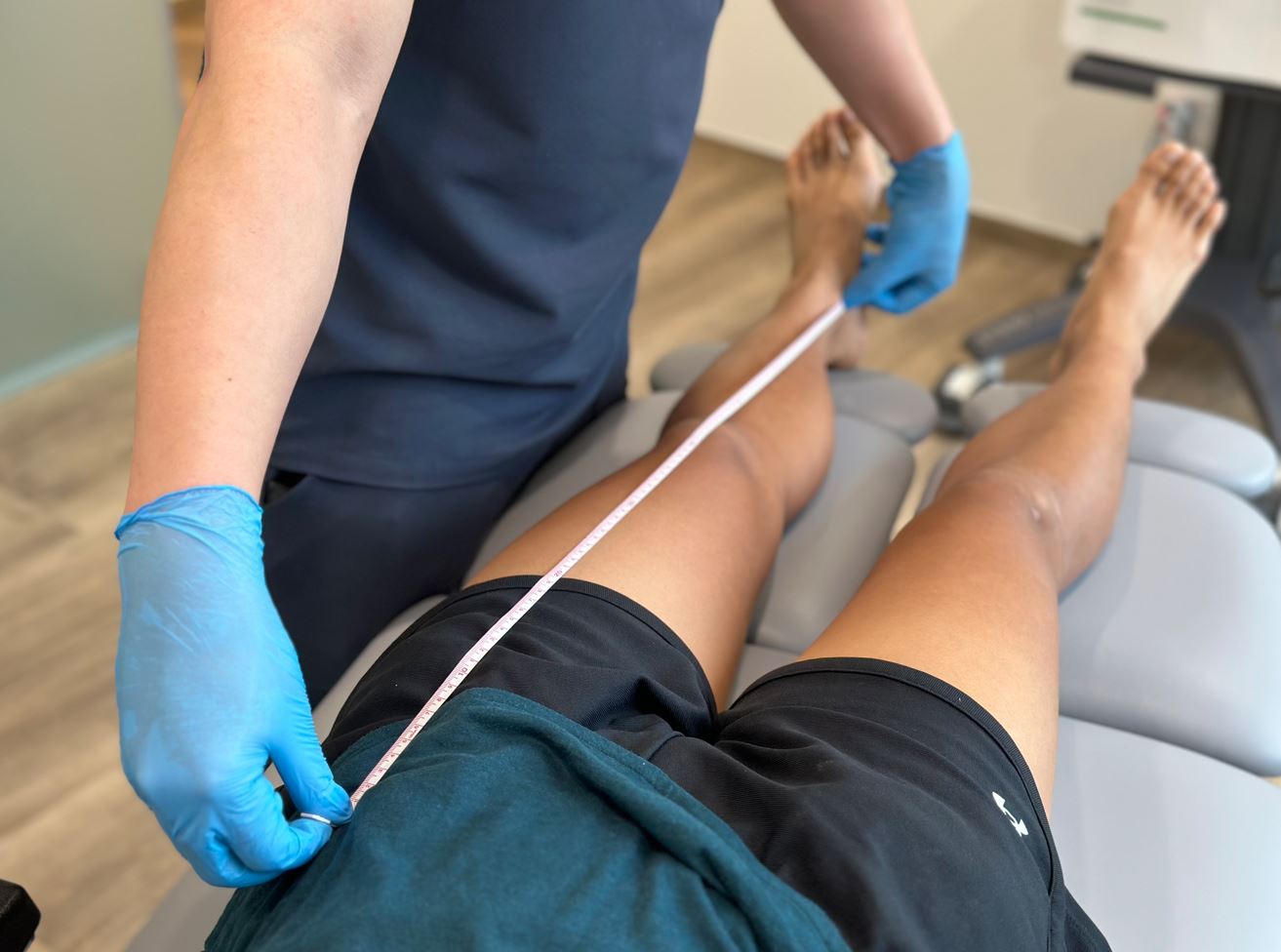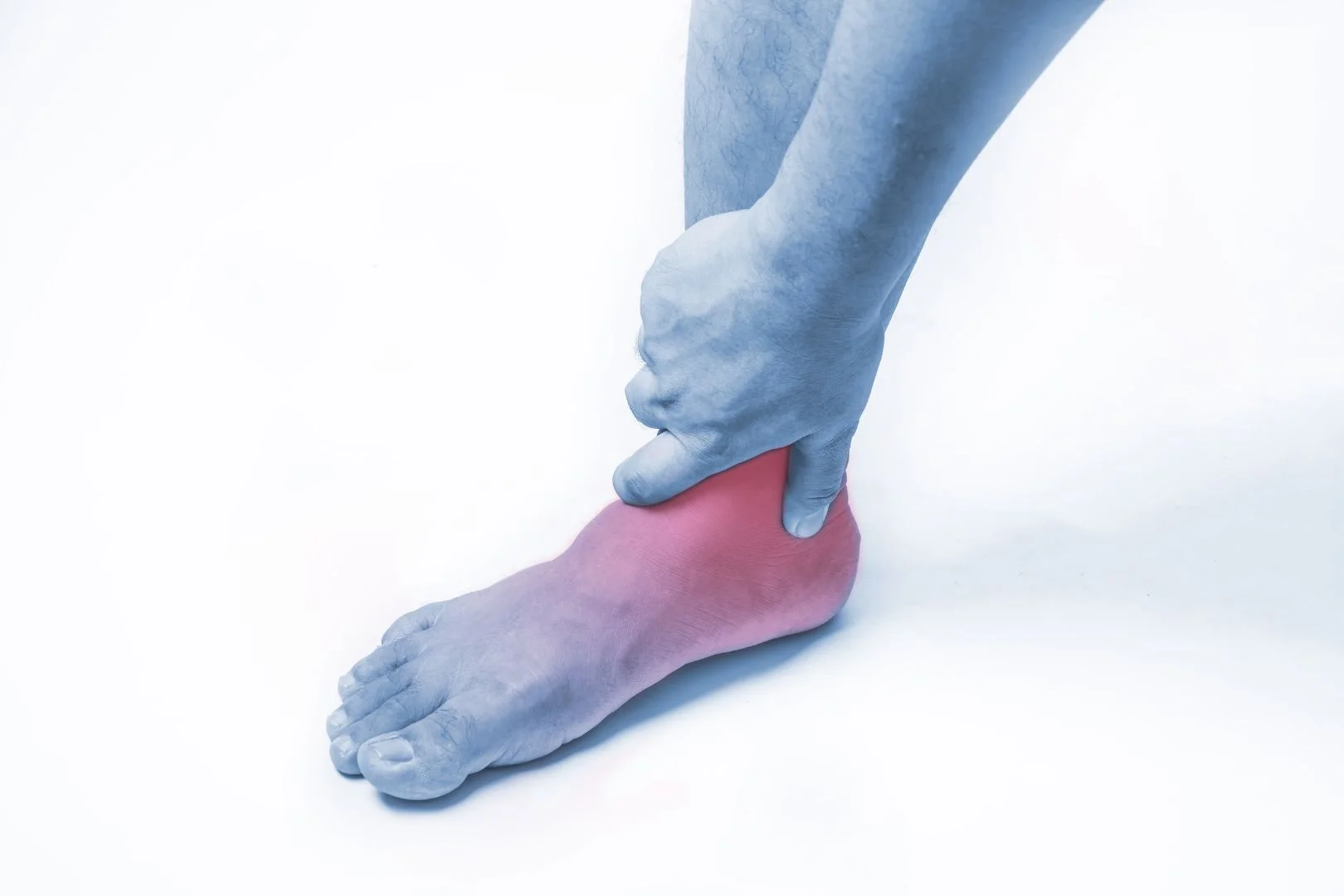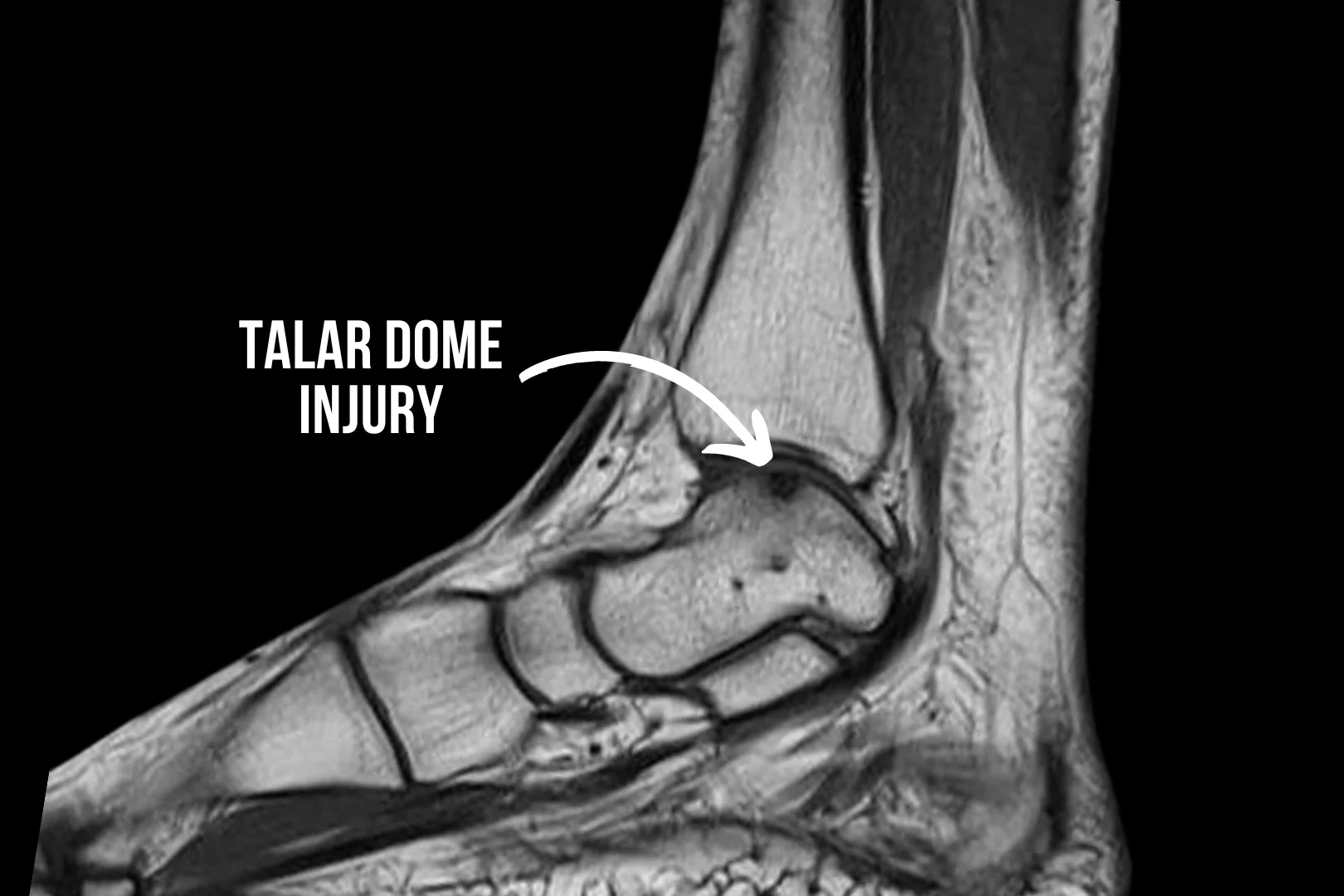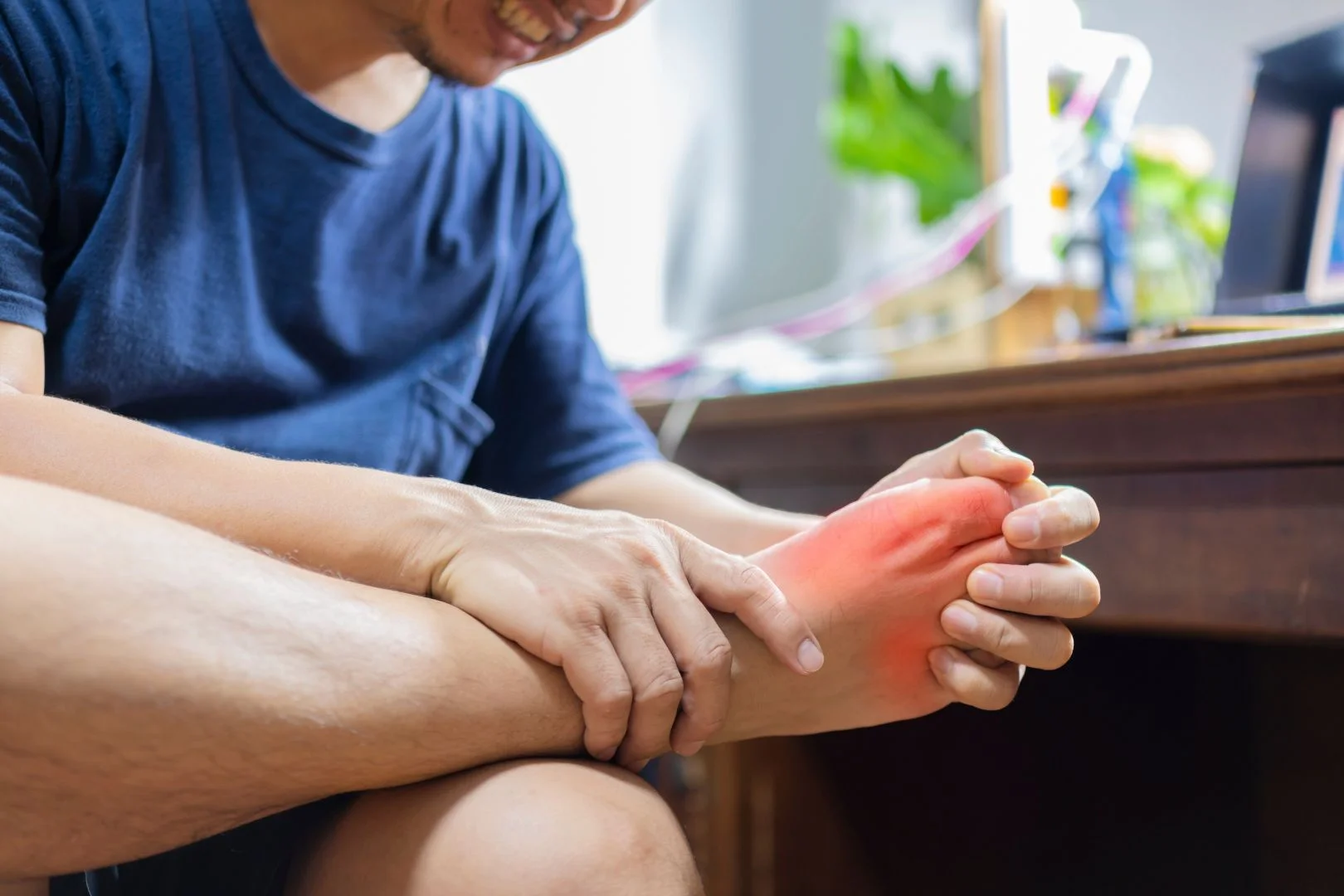
Rheumatoid Arthritis in the Feet
Rheumatoid Arthritis (RA) can significantly impact foot health, causing discomfort and hindering mobility for those affected. Understanding the specific challenges associated with rheumatoid arthritis in the feet is crucial for appropriate treatment, prevention of progression, and pain relief. In this article, we’ll delve into essential strategies and considerations for caring for feet affected by Rheumatoid Arthritis.
Rheumatoid arthritis is a chronic autoimmune condition that can significantly affect your foot health. It is a condition that affects the joints of the feet, causing pain, stiffness, and inflammation. The feet and ankles are often the first places to be affected, making it essential to understand the symptoms and treatment options available.

